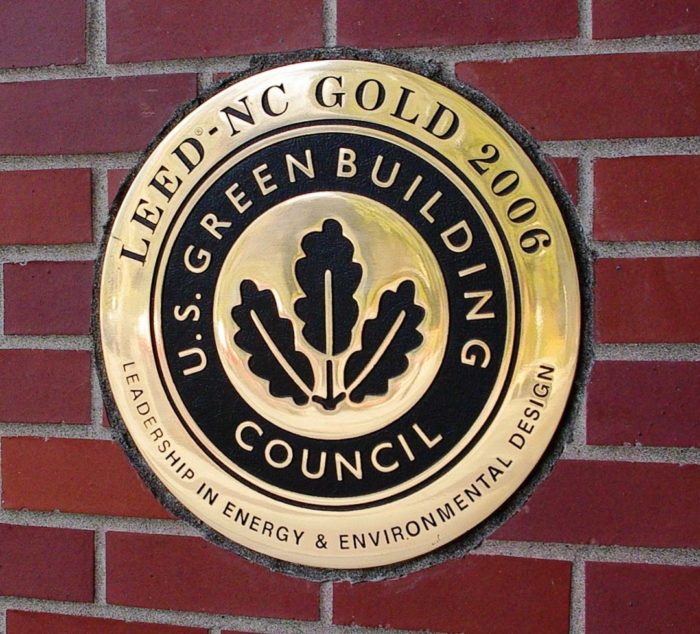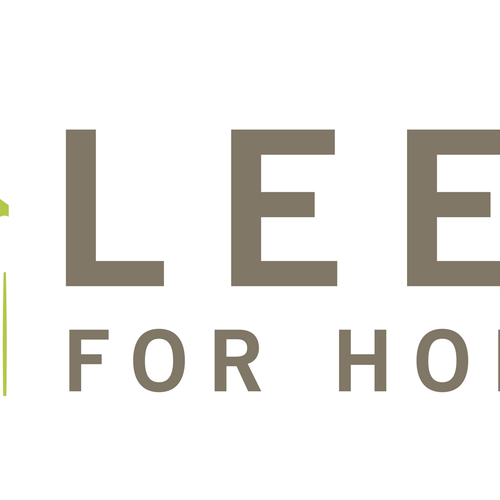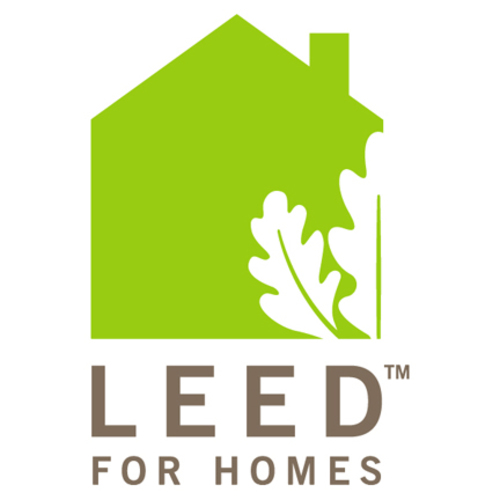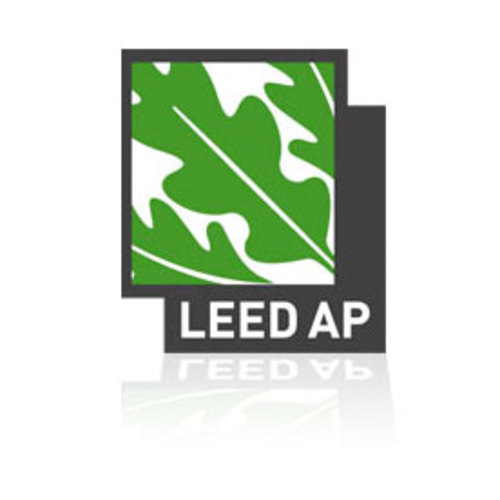
I recently asked four score and seven people familiar with green building, “What one change would you make to LEED to encourage green building?”
This was a highly unscientific poll that is not representative. The small sample was not randomly selected, but rather each was a professional working on green building projects, so the results have some statistical reliability. And when coupled with the result that more than 50% offered the same solution and the next offered solution polled at only 8%, the responses to this question, posed by someone not associated with the U.S. Green Building Council, are a useful tool.
Against a backdrop of the increasing belief, as recently articulated by Bill Gates, that current green technologies can reduce carbon dioxide emissions only at costs that are “beyond astronomical,” many have begun to focus on another frontier of innovation: using energy more efficiently and thus using less of it.
Given that many green buildings consume 25% less energy than conventional buildings, green building may be the single greatest current opportunity to address climate change.
Existing buildings are a worthy target
There are nearly 4.9 million commercial buildings in the U.S., making existing buildings a target-rich environment. (Each year only about 170,000 new commercial buildings are constructed.) And those existing buildings are tremendous consumers of electricity, accounting for 74% of the total electricity consumption in the U.S.
There are a variety of green building standards, codes, and rating systems, but LEED (Leadership in Energy and Environmental Design) commands more than 95% of the market share in the U.S., so the existing-building challenge may hinge on LEED.
The LEED for Existing Buildings: Operations & Maintenance rating system is highly regarded. The system identifies and rewards current best practices and provides an outline for buildings to use less energy and uncover operating inefficiencies.
In 2014, LEED for Existing Building Operations and Maintenance was once again the most popular rating system, with existing buildings representing 48% of the total square footage that obtained LEED certification.
LEED EB was launched in 2004. The problem is that today there are only a total of 3,778 certified LEED EB buildings. That is less than one tenth of 1% of the 4.9 million existing commercial buildings.
Many buildings are excluded by this requirement
An existing building that cannot achieve an Energy Star Portfolio Manager rating of 75 is excluded from participating in LEED v4. (An Energy Star score of 75 means the building is performing better than 75% of similar buildings nationwide.)
The prerequisite of a minimum score of 75 arguably excludes 75% of all existing buildings from participating in LEED. This is significantly more stringent than LEED 2009, which required an Energy Star score of 69.
There is a pilot credit known as EAp2 Energy Jumpstart. This pilot credit allows an existing building that reduces energy consumption by 20% to be LEED v4 eligible. But, after much internal debate, it was decided that this LEED pilot credit will only be available to the first 500 applicants.
Enlarge the pool of LEED-eligible buildings
We can now return to the question, “What one change would you make to LEED to encourage green building?” The number one answer, by far, is to allow every existing building that improves its Energy Star score by at least 20% to be LEED EB eligible.
That single change to the rating system would make millions of buildings eligible to participate in LEED. This change might be the single greatest current opportunity to address climate change.
Stuart Kaplow is an attorney concentrating in real estate and environmental law. He has served as legal counsel and is past chair of the U.S. Green Building Council Maryland. This post originally was published at Green Building Law Update.
Weekly Newsletter
Get building science and energy efficiency advice, plus special offers, in your inbox.















5 Comments
Get rid of the point system and the awards
The point system and the awards have become meaningless. That is one of the reasons I have never participated in LEED. I have been building sustainable homes that perform to the highest standards since 1992.
Another reason I never went with LEED are at the first formative meeting for an Arizona chapter, over half of the people present were from the HVAC industry. They were there to protect their jobs, of course.
The other reason was when the LEED for Residential checklist came out I ran a search for the word solar and could not find it. It was on the second iteration but it only talked about PV. I think they finally came around to the idea of passive solar but I had abandoned them by that time.
As to the point and award system, I have seen people do dumb stuff just to get points. I know of someone who put a recirc pump on his tankless water heater, just because he could get points for both. I have seen folks with all of the whiz bang technology on a house that had a $400 gas bill in January. Meanwhile, my 1977 crappy ranch spec home had a $98 bill that month. I have done common sense retro fitting so that my bill last January was $46.
The checklist has a purpose and that is to be a guide for building a sustainable home. It should incorporate more on the philosophy and direction a home should take for a specific locale. The idea is to be sustainable, not be recognized for doing something we should all be doing, anyway.
Ed
I agree completely. Leed lost me when I saw this house championed as being appropriate for the Montreal climate.
http://www.contemporist.com/2012/10/10/ecologia-montreal-by-gervais-fortin/
Response to Malcolm Taylor
Malcolm,
The house must be good. After all, it has double glazing -- and it is designed to control electromagnetic fields.
Dear Mr. Holladay
I wonder if you can help me? I attempted to copy the Ecologia Montreal house and induce a vortex to enhances biophotons , but instead appear to have created a small black hole, and now I can't find my cat.
Vortices and biophotos
Malcolm,
I have decided to resist the temptation to respond to your query.
Log in or create an account to post a comment.
Sign up Log in